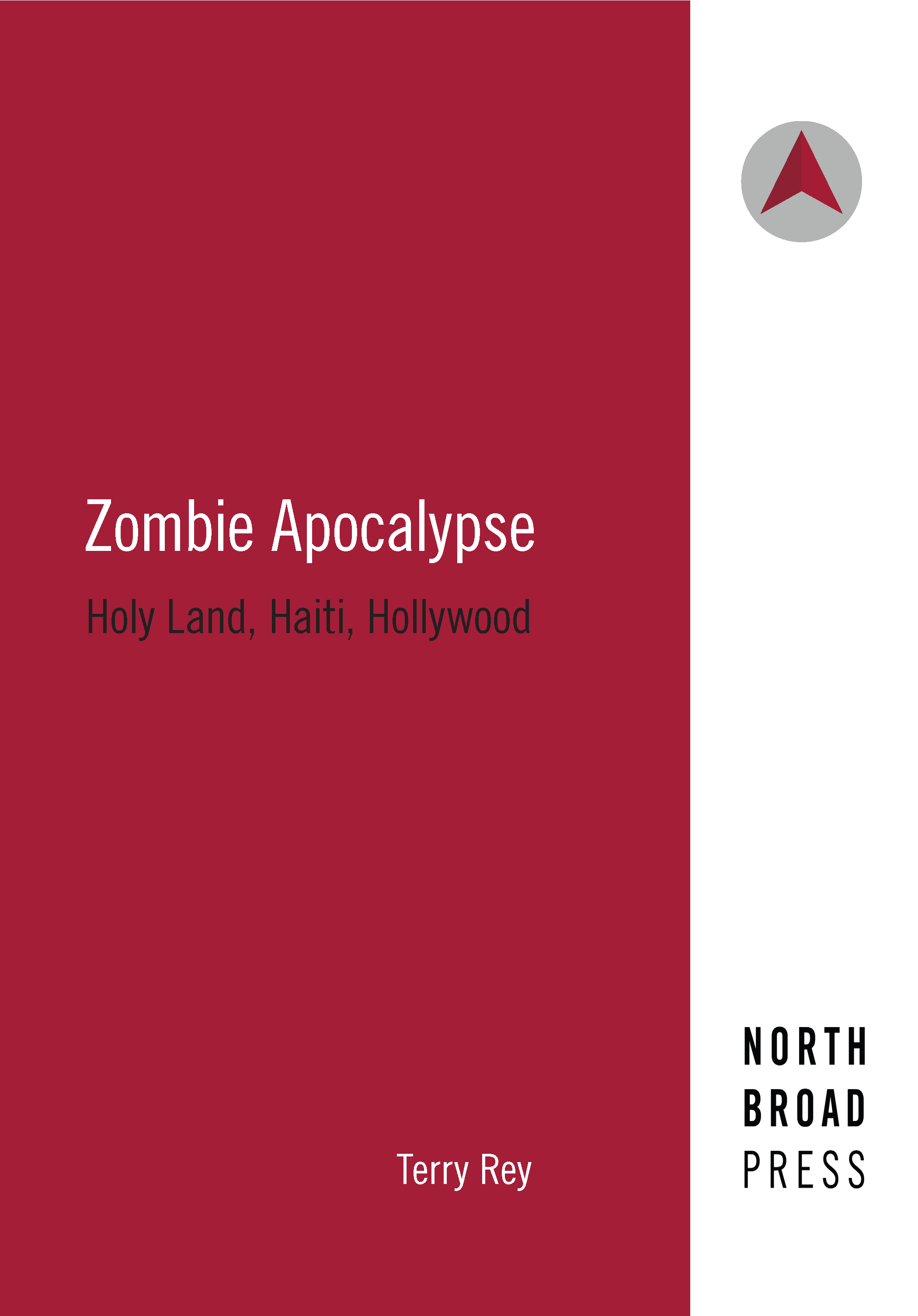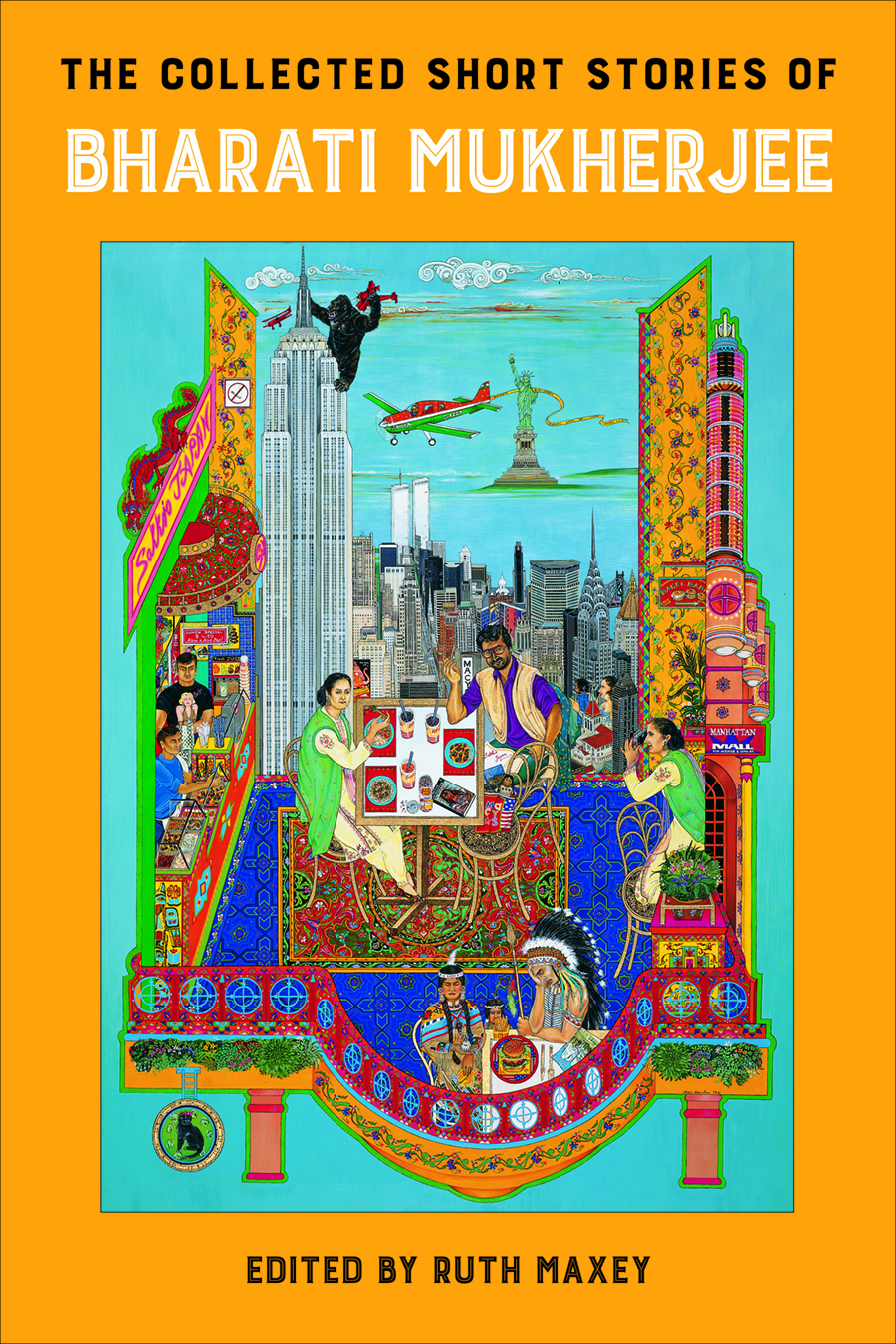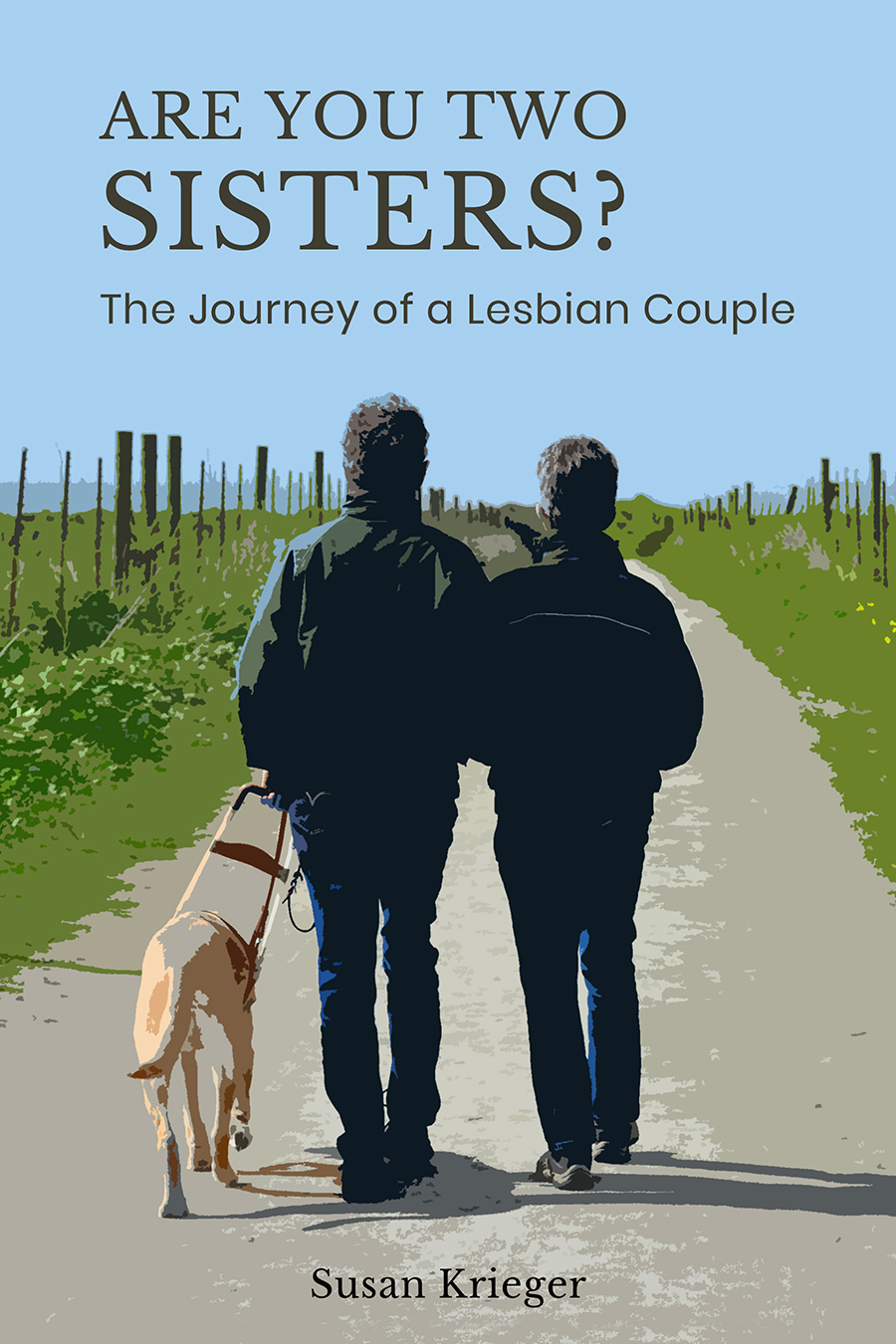This week in North Philly Notes, we showcase some our recent and deep backlist titles for Black History Month.




Recently Published
The Civil Rights Lobby: The Leadership Conference on Civil Rights and the Second Reconstruction, by Shamira Gelbman
As the lobbying arm of the civil rights movement, the Leadership Conference on Civil Rights (LCCR)—which has operated since the early 1950s—was instrumental in the historic legislative breakthroughs of the Second Reconstruction. The Civil Rights Lobby skillfully recounts the LCCR’s professional and grassroots lobbying that contributed to these signature civil rights policy achievements in the 1950s and ’60s.
Slavery and Abolition in Pennsylvania, by Beverley C. Tomek
Beverly Tomek corrects the long-held notion that slavery in the North was “not so bad” as, or somehow “more humane” than, in the South due to the presence of abolitionists. While the Quaker presence focused on moral and practical opposition to bondage, slavery was ubiquitous. Nevertheless, Pennsylvania was the first state to pass an abolition law in the United States.
Black Identity Viewed from a Barber’s Chair: Nigrescence and Eudamonia, by William E. Cross, Jr.
Cross connects W. E. B. DuBois’s concept of double consciousness to an analysis of how Black identity is performed in everyday life, and traces the origins of the deficit perspective on Black culture to scholarship dating back to the 1930s.
God Is Change: Religious Practices and Ideologies in the Works of Octavia Butler, edited by Aparajita Nanda and Shelby L. Crosby
Exploring Octavia Butler’s religious imagination and its potential for healing and liberation, God Is Change meditates on alternate religious possibilities that open different political and cultural futures to illustrate humanity’s ability to endure change and thrive.
From Our Backlist
 .
. 





The Black Female Body: A Photographic History, by Deborah Willis and Carla Williams
Searching for photographic images of black women, Deborah Willis and Carla Williams were startled to find them by the hundreds. In long-forgotten books, in art museums, in European and U.S. archives and private collections, a hidden history of representation awaited discovery. The Black Female Body offers a stunning array of familiar and many virtually unknown photographs, showing how photographs reflected and reinforced Western culture’s fascination with black women’s bodies.
The Afrocentric Idea: Revised and Expanded Edition, by Molefi Kete Asante
Asante’s spirited engagement with culture warriors, neocons, and postmodernists updates this classic text. Expanding on his core ideas, Asante has cast The Afrocentric Idea in the tradition of provocative critiques of the established social order. This is a fresh and dynamic location of culture within the context of social change.
Mediating America: Black and Irish Press and the Struggle for Citizenship, 1870-1914, by Brian Shott
How black and Irish journalists in the Gilded Age used newspapers to recover and reinvigorate racial identities. As Shott proves, minority print culture was a powerful force in defining American nationhood and belonging.
Upon the Ruins of Liberty: Slavery, the President’s House at Independence National Historical Park, and Public Memory, by Roger C. Aden
A behind-the-scenes look at the development of the memorial to slavery in Independence Mall, Upon the Ruins of Liberty offers a compelling account that explores the intersection of contemporary racial politics with history, space, and public memory.
A City within A City: The Black Freedom Struggle in Grand Rapids, Michigan, by Todd E Robinson
Examining the civil rights movement in the North, historian Todd Robinson studies the issues surrounding school integration and bureaucratic reforms in Grand Rapids as well as the role of black youth activism to detail the diversity of black resistance. He focuses on respectability within the African American community as a way of understanding how the movement was formed and held together. And he elucidates the oppositional role of northern conservatives regarding racial progress.
From Black Power to Hip Hop: Racism, Nationalism, and Feminism, by Patricia Hill Collins
In this incisive and stimulating book, renowned social theorist Patricia Hill Collins investigates how nationalism has operated and re-emerged in the wake of contemporary globalization and offers an interpretation of how black nationalism works today in the wake of changing black youth identity.
Men’s College Athletics and the Politics of Racial EqualityFive Pioneer Stories of Black Manliness, White Citizenship, and American Democracy, by Gregory Kaliss
Gregory Kaliss offers stunning insights into Americans’ contested visions of equality, fairness, black manhood, citizenship, and an equal opportunity society. He looks at Paul Robeson, Kenny Washington, Woody Strode, Jackie Robinson, Wilt Chamberlain, Charlie Scott, Bear Bryant, John Mitchell, and Wilbur Jackson to show how Americans responded to racial integration over time.







Suffering and Sunset: World War I in the Art and Life of Horace Pippin, by Celeste-Marie Bernier
A majestic biography of the pioneering African American artist, Suffering and Sunset illustrates Horace Pippin’s status as a groundbreaking African American painter who not only suffered from but also staged many artful resistances to racism in a white-dominated art world.
Frankie Manning: Ambassador of Lindy Hop, by Cynthia R Millman
The autobiography of a legendary swing dancer, Frankie Manning traces the evolution of swing dancing from its early days in Harlem through the post-World War II period, until it was eclipsed by rock ‘n’ roll and then disco. When swing made a comeback, Manning’s 30-year hiatus ended.
Savoring the Salt: The Legacy of Toni Cade Bambara, Edited by Linda Janet Holmes and Cheryl A. Wall
The extraordinary spirit of Toni Cade Bambara lives on in Savoring the Salt, a vibrant and appreciative recollection of the work and legacy of the multi-talented, African American writer, teacher, filmmaker, and activist. Among the contributors who remember Bambara, reflect on her work, and examine its meaning today are Toni Morrison, Amiri Baraka, Pearl Cleage, Ruby Dee, Beverly Guy-Sheftall, Nikki Giovanni, Avery Gordon, Audre Lorde, and Sonia Sanchez.
Philadelphia Freedoms: Black American Trauma, Memory, and Culture after King, by Michael Awkward
Philadelphia Freedoms captures the disputes over the meanings of racial politics and black identity during the post-King era in the City of Brotherly Love. Looking closely at four cultural moments, he shows how racial trauma and his native city’s history have been entwined.
Pimping Fictions: African American Crime Literature and the Untold Story of Black Pulp Publishing, by Justin Gifford
Gifford provides a hard-boiled investigation of hundreds of pulpy paperbacks written by Chester Himes, Donald Goines, and Iceberg Slim (aka Robert Beck), among many others. Gifford draws from an impressive array of archival materials to provide a first-of-its-kind literary and cultural history of this distinctive genre.
Zora Neale Hurston and a History of Southern Live, by Tiffany Ruby Patterson
A historian hoping to reconstruct the social world of all-black towns or the segregated black sections of other towns in the South finds only scant traces of their existence. In Zora Neale Hurston and a History of Southern Life, Tiffany Ruby Patterson uses the ethnographic and literary work of Zora Neale Hurston to augment the few official documents, newspaper accounts, and family records that pertain to these places hidden from history.
Jookin’: The Rise of Social Dance Formations in African-American Culture, by Katrina Hazzard-Gordon
Katrina Hazzard-Gordon offers the first analysis of the development of the jook—an underground cultural institution created by the black working class—together with other dance arenas in African-American culture.
Filed under: african american studies, american studies, art, civil rights, cultural studies, Education, ethics, gender studies, History, literature, Music, Philadelphia, philosophy, photography, political science, race and ethnicity, racism, Religion, sexuality, sociology, sports, Urban Studies, women's studies | Tagged: Black History Month, civil rights, dance, history, literature, music, philosophy, photography, politics, publishing, racism, slavery | Leave a comment »



























 .
. 













































